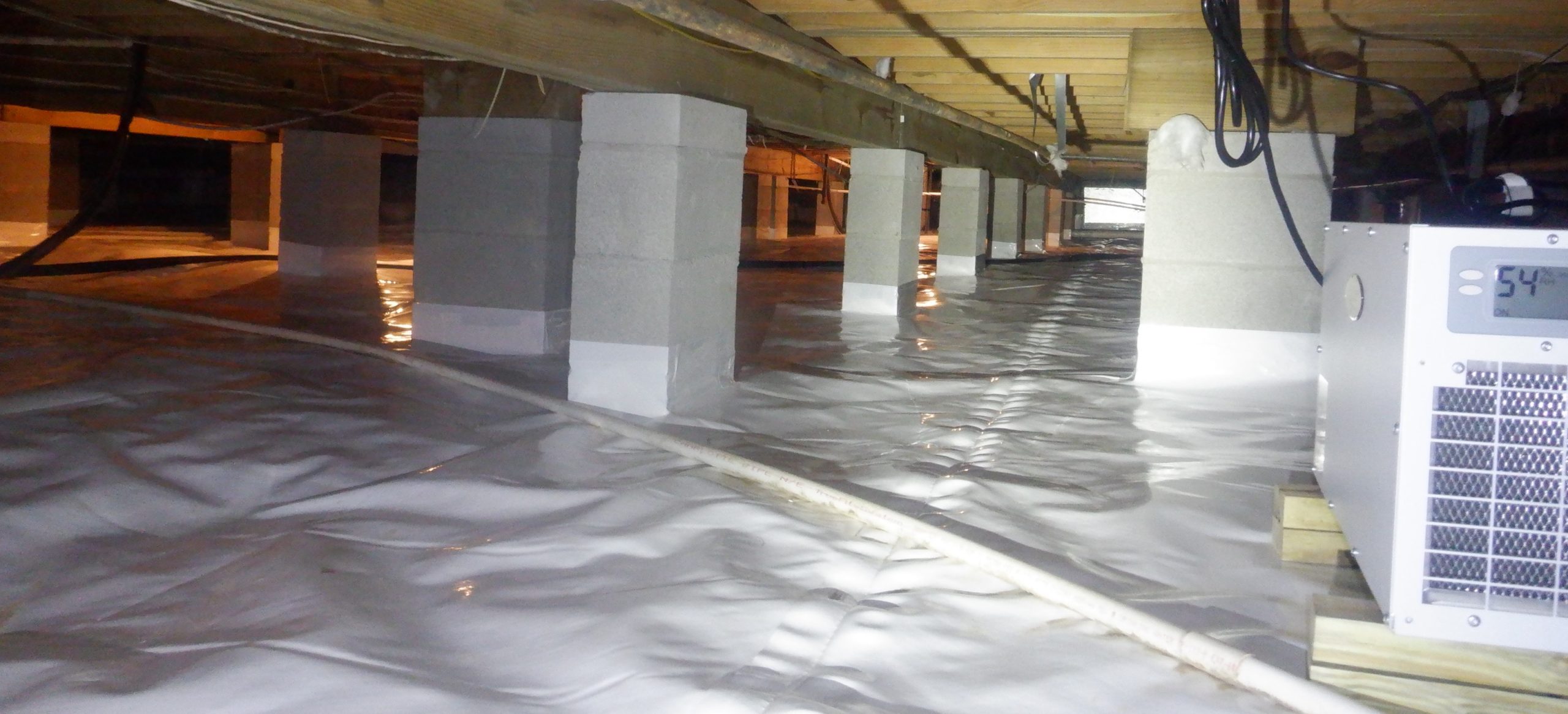
As a homeowner, you’ll surely agree with us that moisture is one of the common issues in every home today. Moisture problems are most common in roofs, walls, and crawl spaces. This problem could arise as a result of rainwater seeping into your home’s foundation. That aside, “water vapor from exposed soil” is another common cause of crawl space moisture problems.
Today, there are a couple of ways to control moisture in crawl spaces – one of them is by using a vapor barrier. But here’s a burning question, how effective is the vapor barrier to control crawl space moisture problems?
What are the effects of crawl space moisture issues?
Before going ahead to talk about the effectiveness of the vapor barrier, let’s quickly discuss the various issues attached to having crawl space moisture.
Moisture problems, if not resolved quickly, can always cause various structural issues in your home. For instance, it can always cause rot to the wooden frames of your home.
This issue can also enhance the growth of molds and mildew, which is not healthy for your family. Unfortunately, molds are pretty difficult to eliminate in a home’s foundation. While it’s possible, you’ll have to spend a lot of money to remove molds from your crawl space. When molds continue to grow in your crawl space, they cause a series of issues. For instance, they tend to blacken your floor cavity insulation.
Certain animals, such as carpenter ants, rats, termites, and even snakes, are attracted by water and moisture. With crawl space moisture in your home, you’ll most certainly start seeing these pests infest your home.
Crawl space moisture control: vapor barrier
A vapor barrier is a simple and inexpensive way to control crawl space dampness. Traditionally, this control measure involves using rolls of standard sheet plastic, also known as a “vapor barrier.”
According to the U.S. Department of Energy, vapor barriers are better referred to as vapor diffusion retarders or vapor retarders. Apart from the regular sheet plastic, a lot of different materials are effective for controlling moisture in crawl spaces. The effectiveness of these materials is measured and classified based on their permeability level (perm).
Glass, sheet metal, polyethylene sheet, and rubber membrane all have a permeability level of 0.1 perms or less – so, they are class 1 crawl space vapor barriers or retarders.
Some examples of class II vapor retarders are extruded polystyrene and kraft paper (coated with bitumen). These vapor barriers have a permeability level greater than 0.1 perms but less than 1.0 perms.
The class III vapor barriers have a permeability level greater than 1.0 perms but less than 10 perms. Some examples of materials in this class are unfaced fiberglass insulation, brick, house wrap, and concrete block.
Are crawl space vapor barriers or retarders effective for moisture control?
The simple answer is yes, crawl space vapor barriers are very effective for controlling moisture in foundations. However, for you to achieve the best results, you need to choose the best material for your home.
You can speak to Vanity Vents today regarding your home’s moisture issues. These professional contractors will provide lasting solutions to your crawl space moisture problems, including helping you choose the best type of vapor retarder for your home.
Also Read: What Is Business Waste.
